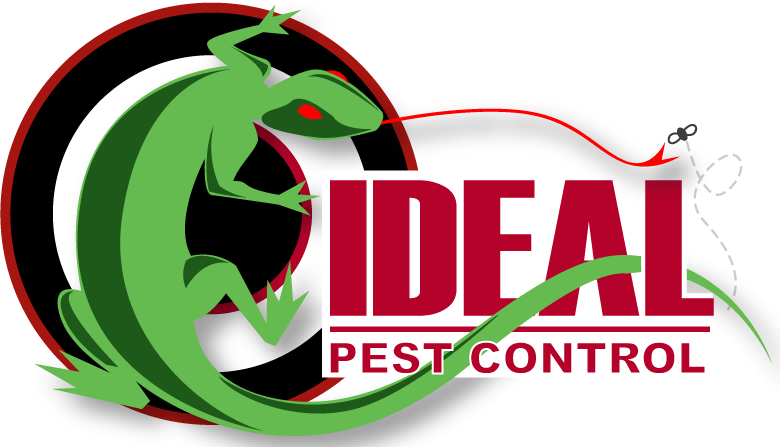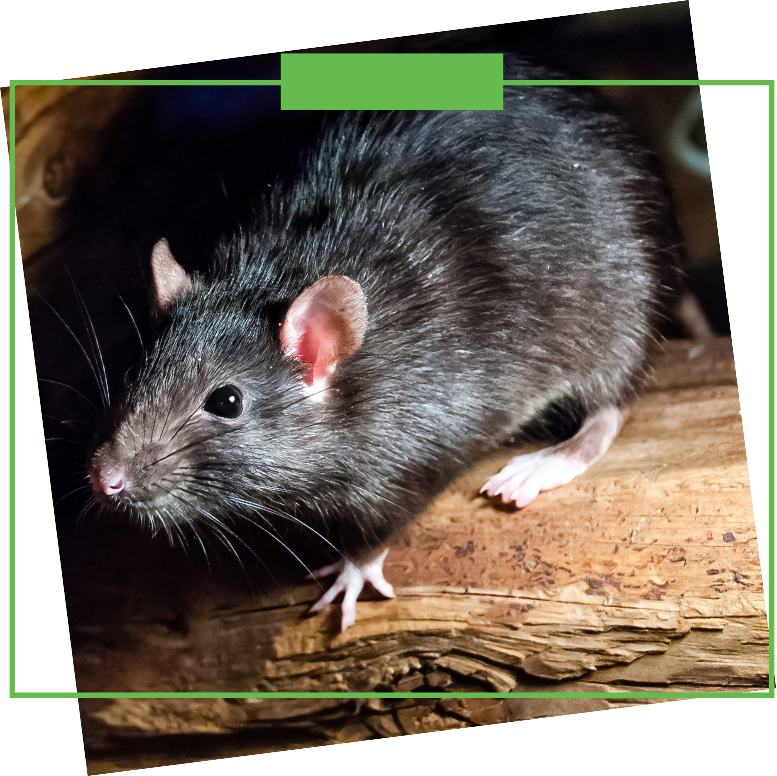When people think of pest problems, they often picture ants on the kitchen counter or roaches scurrying across the floor. But there’s another threat that’s a little more elusive and a lot more destructive—the roof rat. These pests are agile, clever, and disturbingly good at making your attic, roofline, or upper crawl spaces their new home without you even realizing it’s happening. And once they’re in, the problems don’t take long to follow.
Unlike their ground-dwelling cousins, this species prefers the high road. They’re skilled climbers and tend to enter homes through tree limbs that overhang roofs, broken eaves, or vents that weren't meant to be open invitations. You might not hear them at first, but they're excellent at making their presence known over time. From gnawing on wires to leaving droppings in insulation, the signs start to build—and so does the damage. Their nesting habits can lead to fire hazards and mold issues, not to mention the risk of contamination. What starts as a couple of night-time scratching sounds quickly spirals into a full-blown infestation if ignored.
How They Operate (And Why That’s A Big Deal)
These critters are surprisingly resourceful. They forage at night, squeezing through tiny openings and navigating your home’s highest points with remarkable ease. One of the more unsettling facts is how efficiently they breed. If conditions are favorable—and a cozy attic often is—the population can grow far quicker than many people expect. That’s when the true extent of their impact starts to show.
They’ll chew through virtually anything to create paths and nest sites, including wires, insulation, and wood beams. If you’ve noticed flickering lights or unexplained electrical issues, it's not out of the question that a few of these gnawing intruders are behind it. And it’s not just the structural damage that’s cause for concern. Urine and droppings can contaminate surfaces and stored belongings, and they’ve been known to carry a range of pathogens. That combination of property destruction and health risk makes them more than just a nuisance—they're a genuine threat to a home’s wellbeing.
Worse still, they’re creatures of habit. Once they find a spot they like, they return to it over and over, dragging along more nesting material and leaving a bigger mess each time. Even if you catch a few, the ones left behind keep the cycle going until the original problem grows into something much harder to control.
Why DIY Tactics Often Fall Short
It’s tempting to try and tackle the problem on your own—traps, poisons, maybe sealing off a few visible entry points. But here’s the rub: these sneaky invaders didn’t get where they are by being easy to outsmart. They’re suspicious of new objects in their environment, often avoiding traditional traps for days, even weeks. And unless you’ve found every crack, vent, and tiny hole they’re using to get in, it’s just a matter of time before the cycle starts back up again.
Many DIY approaches also fail to address the nesting zones, especially if those are buried deep in attic insulation or behind walls. You might reduce the visible activity, but the core of the infestation stays intact. Add to that the hazards of handling animal waste without the right equipment—airborne particles can lead to respiratory issues—and suddenly, what looked like a manageable task becomes something much riskier.
There’s also the issue of noise. If the scratching and scurrying seems to come and go, it can be hard to track the timing and location of activity, which makes it tougher to know when and where to place any kind of deterrent. And even if the sounds stop, that doesn’t mean the problem is gone. These pests are nocturnal and cautious, and their ability to move quietly should never be underestimated.
The Professional Edge: More Than Just Removal
The key to effectively dealing with these pests isn’t just removing them—it’s understanding their behavior, tracking their movements, and creating a multi-layered approach to both eliminate the current population and prevent future ones. A thorough inspection of the roofline, attic spaces, and nearby tree coverage can reveal entry points that most homeowners would never think to look for. From there, sealing techniques, strategic placement of traps, and targeted removal plans can all come into play.
But true peace of mind doesn’t come from just one visit. What makes professional help so essential is the follow-through. It’s not just about fixing what’s happening now—it’s about putting systems in place so you don’t deal with the same headaches again in a few months. That includes exclusion strategies, behavior monitoring, and in many cases, educating homeowners about landscaping and storage habits that may be unintentionally encouraging the problem.
Not to mention, it spares you the stress and the guesswork. You won’t be spending your nights listening for movement above the ceiling or wondering if the problem’s actually gone. You’ll know it is—and that makes a big difference in how you feel in your own space.
Roof rats don’t just take up residence—they leave behind problems that ripple through your home’s structure, health, and sense of comfort. Left unchecked, they multiply, causing issues that only get more expensive and complicated with time. We know how frustrating and disruptive these situations can be, and we’re here to help make sure it’s handled the right way—from the start. If you suspect even the slightest sign of activity overhead, don’t wait. Contact Ideal Pest Control to schedule a consultation or ask for more information about our rodent and pest control services. Let’s get your home back to being yours.
Frequently Asked Questions About Roof Rats
Q1. What makes roof rats different from other types of rats?
A1. Roof rats, also known as black rats, are sleeker and more agile than their cousin, the Norway rat. With long tails, large ears, and pointed noses, they are natural climbers that prefer to nest high off the ground—in attics, ceilings, trees, or even wall voids. Unlike Norway rats that burrow in basements and sewers, roof rats are aerial invaders, making them especially difficult to detect until damage is already done. Their ability to scale walls and power lines gives them a unique advantage when infiltrating homes and buildings.
Q2. What signs should I look for if I suspect roof rats in my home?
A2. One of the most telling signs of a roof rat infestation is the sound of scratching or scurrying in the attic or walls, especially at night when they’re most active. You might also notice droppings (thin and pointed at the ends), greasy rub marks along beams or rafters, gnawed electrical wires, or nests made of shredded materials tucked into insulation. If fruit trees are nearby, half-eaten fruits or hollowed-out shells can also be clues, as roof rats are opportunistic feeders with a sweet tooth.
Q3. How do roof rats get into a home, and what’s the best way to prevent them?
A3. Roof rats are expert infiltrators, often gaining access through overhanging tree branches, utility lines, roof vents, or any opening larger than a half-inch. They can squeeze through gaps in soffits, under eaves, or even through damaged roofing tiles. The best prevention involves a combination of trimming back vegetation, sealing all entry points, keeping attics and garages clutter-free, and storing food (including pet food) in tightly sealed containers. Regular inspections and proactive maintenance are key to staying a step ahead of these stealthy climbers.



